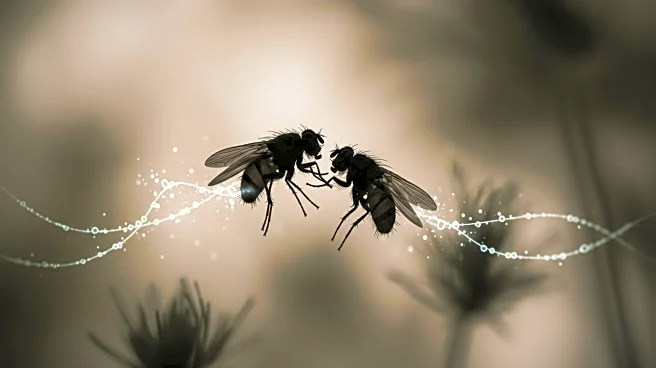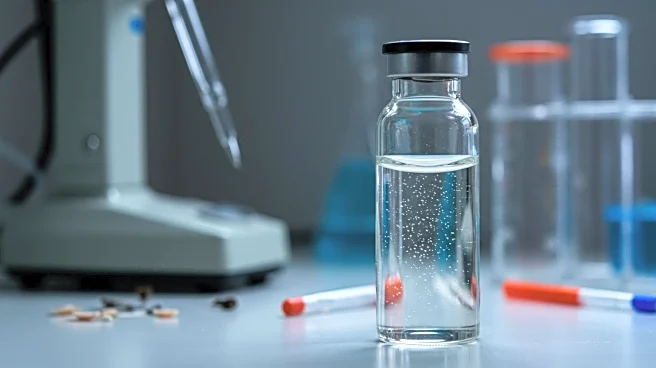Rapid Read • 6 min read
Researchers in Japan have successfully transferred a unique courtship behavior from one fruit fly species to another by manipulating a single gene. The study involved activating the 'fruitless' gene in insulin-producing neurons of Drosophila melanogaster, causing them to perform a gift-giving ritual typical of Drosophila subobscura. This marks the first instance of using gene manipulation to create new neural connections and transfer behavior between species. The research highlights how small-scale genetic changes can lead to significant behavioral diversification and species differentiation.
AD
This breakthrough in genetic manipulation has profound implications for understanding the evolution of behavior and species differentiation. It demonstrates that complex behaviors can be traced back to genetic roots, offering insights into how new survival strategies evolve. The study could pave the way for further research into genetic influences on behavior, potentially impacting fields such as neuroscience, evolutionary biology, and genetics. It also raises ethical considerations regarding genetic manipulation and its applications.
The study's findings suggest that the evolution of novel behaviors does not necessarily require new neurons but can result from genetic rewiring in existing ones. This insight could lead to advancements in genetic engineering and synthetic biology, potentially allowing scientists to design organisms with specific behaviors. However, it also poses ethical questions about the extent to which genetic manipulation should be used in altering natural behaviors and the potential consequences for ecosystems.
AD
More Stories You Might Enjoy










